
“Back to school” Austrian wine basket| Discover Alzinger, Heinrich, Strohmeier & More”
Alzinger – Riesling Dürnsteiner
Ditch you usual Alsace Riesling or even your Sancerre and discover the charm of Alzinger’s Riesling Dürnsteiner Federspiel, a refreshing white wine from the beautiful Wachau region. This wine really highlights what makes Riesling so special.
Alzinger has been making its own wines since 1983 and has become a trusted name in Wachau, thanks to the expertise of Leo Sr and Leo Jr. Alzinger. They’re known for their excellent Riesling and Grüner Veltliner.
The grapes for this Riesling come from vineyards around Dürnstein and some younger terraced vineyards. These vines grow in clay soils mixed with gneiss, granite, and schist. The steep terraces are worked by hand, which helps keep the quality high.
The blend of clay’s moisture retention with the drainage and mineral qualities of gneiss, granite, and schist results in a wine that is fresh, aromatic, and well-structured. Expect the Alzinger Riesling Dürnsteiner Federspiel to have a harmonious mix of vibrant acidity, mineral notes, and rich fruit flavors, typical of the Wachau region
After picking, the grapes are gently pressed and the juice is briefly left to settle. It’s then fermented with carefully selected yeasts at a controlled temperature. Before bottling, the wine is clarified and filtered.
This Riesling Dürnsteiner Federspiel truly captures the fresh and clear qualities of the Riesling grape.
Heinrich – Naked Wine
Ditch Chablis and try Heinrich Naked White! It is a fresh, vibrant white wine from Austria’s Burgenland region, made by Weingut Heinrich. This blend combines Chardonnay, Pinot Blanc, and other local white varieties.
Where It’s From:
- Vineyards: The grapes come from vineyards around Lake Neusiedl. On the west side, you’ll find limestone and schist soils from the Leitha mountains, while the east side features gravelly soils rich in humus. When both limestone and schist are present, as with Heinrich Naked White, the wine often balances the freshness and acidity from the limestone with the depth and complexity from the schist.
- Farming: The vineyards are worked organically and biodynamically, with grapes harvested by hand from late August to mid-September.
How It’s Made:
- In the Cellar: The whole grape clusters are left to macerate overnight and then ferment naturally with wild yeasts. After fermentation, the wine undergoes malolactic fermentation and ages on its lees for 14 months in large, used oak barrels.
- Bottling: The wine is bottled without filtering or fining, and no sulfur is added.
Why You’ll Love It:
Heinrich Naked White is all about authenticity and minimal intervention. It showcases the true character of its region and the grapes used, presenting a pure, unadorned expression of Burgenland’s terroir. Enjoy this wine for its honest, vibrant, and distinctive profile.
Strohmeier – TLZ Weiss
Fan of Domaine de la Taille aux Loups Montlouis-sur-Loire? How about you try Strohmeier TLZ Weiss Nº12? It is a natural, eco-friendly white wine made from Chardonnay and Pinot Blanc, made in my favourite Austrian region, Styria, by the Strohmeier winery.
Franz and Christine Strohmeier, based in Styria’s green heart, focus on producing natural wines without added chemicals and with minimal sulfur. They’re known for their sparkling wines made using traditional bottle fermentation, and they’ve also created a line of elegant white wines with a hint of skin contact.
The TLZ Weiss Nº12 comes from vineyards around 12 years old, growing in iron- and silicon-rich gneiss soils, and is organically farmed. While it’s not biodynamically certified, the Strohmeiers use plant treatments and serums to care for the vines. The grapes are hand-harvested at their peak ripeness.
In the winery, the chosen grapes are gently macerated with their skins for 2 hours before undergoing spontaneous fermentation with wild yeasts in used 500-liter wooden barrels. The wine is then bottled unfiltered, unclarified, and without added sulfur.
Strohmeier TLZ Weiss Nº12 embodies the essence of its name, TLZ—short for Trauben, Liebe und Zeit (grapes, love, and time). It’s a fine, elegant white wine with a subtle skin contact, reflecting the care and passion of its creators.
Gut Oggau – Theodora
Next time you want to open a white Burgundy wine, don’t…and try Gut Oggau’s Theodora first. It is a natural white wine from the Neusiedlersee-Hügelland area in Burgenland, Austria. It’s made by Gut Oggau using Grüner Veltliner and Welschriesling grapes.
Gut Oggau started in 2007 when Eduard and Stephanie Tscheppe took over a 14-hectare vineyard in Oggau, Austria, that had been unused for 20 years. They quickly transformed it into a biodynamic farm certified by Demeter.
Their vineyards feature a mix of different grape varieties in each field, and each wine reflects a unique personality, represented by faces on their labels. Theodora comes from 35-year-old vines planted in gravel and limestone soils.
Gravel soils typically bring fruitiness and freshness to both Grüner Veltliner and Welschriesling, while limestone soils add complexity, depth, and a refined mineral character
In the cellar, Theodora undergoes spontaneous fermentation with wild yeasts in wooden barrels for 8 months. It’s then bottled without any fining, filtering, or added sulfites.
Gut Oggau Theodora is a light, cheerful white wine, named after one of the fictional children on their label. Just like the character, the wine is lively and friendly, yet stable and confident.
Strohmeier – Lys
I live in Provence, so I guess I have to love my Provence rosés! But instead of opening your usual Bandol rosé, try Strohmeier-Lys.
Strohmeier Lys-Rod nº33 is a natural, organic rosé made from the Blauer Wildbacher grape by the Strohmeier family in Styria, Austria.
Franz and Christine Strohmeier, who run a small winery in the heart of Styria (known as Austria’s “green heart”), are dedicated to producing delicate, enjoyable wines with minimal intervention. They farm their 8 hectares of organic vineyards with great care, focusing on natural methods and hand-harvesting the grapes at just the right moment.
This rosé comes from the Lestein vineyard, where the soil is rich in iron and silicon from gneiss rocks. The grapes are gently pressed and left to macerate with their skins for 4 hours, then spontaneously fermented with wild yeasts in used wooden barrels. The final wine is bottled without clarification, filtration, or added sulfites.
While Strohmeier is famous for its white wines, they also make small batches of rosé from the local Blauer Wildbacher grape. Lys-Rod nº33 is a vibrant, fruity rosé that shows the unique character of their natural winemaking approach.
Claus Preisinger – Kalkstein Blaufränkisch
Tired of your usual Bourgueil? How about you switch to Claus Preisinger’s Blaufränkisch?
Claus Preisinger Kalkstein Blaufränkisch is a natural, organic, and biodynamic red wine made from Blaufränkisch grapes in Burgenland, Austria.
Claus Preisinger’s winery is in Gols, near Lake Neusiedlersee. He started making wine at just 20 years old and has since grown his family’s 3-hectare vineyard to 19 hectares. Known for his innovative techniques, Claus is the first Austrian winemaker to use Georgian amphorae for fermentation and is also a key member of the Pannobile group, which highlights the unique character of Burgenland’s local wines.
This wine comes from Blaufränkisch grapes grown in limestone soils rich with fossils. The vineyard practices 100% organic farming and biodynamic treatments using natural fertilizers, plants, and lunar phases. The grapes are picked by hand at peak ripeness.
In the winery, the grapes are gently crushed and fermented spontaneously in stainless steel tanks with wild yeasts. After fermentation, the wine ages in used barrels for 6 months. It’s then bottled without clarification, filtration, or added sulfites.
Claus Preisinger Kalkstein Blaufränkisch is a pure, expressive, and well-balanced red. It’s smooth and easy to enjoy, making it a wine that’s likely to disappear quickly!




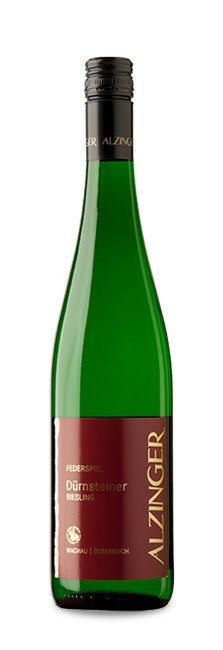
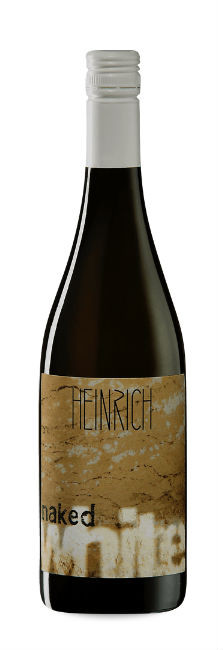
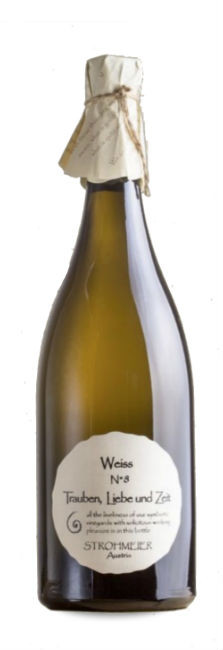
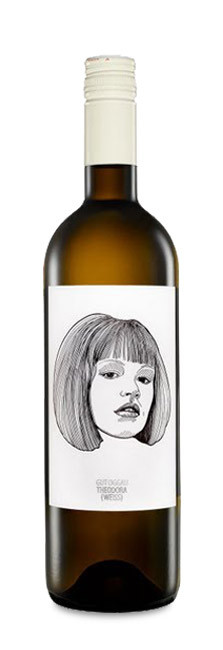
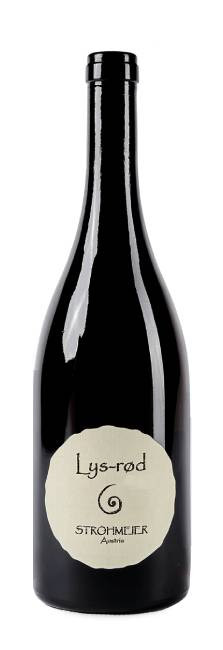
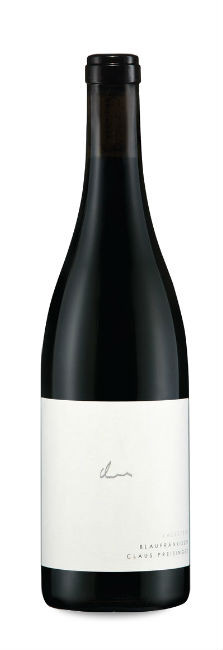

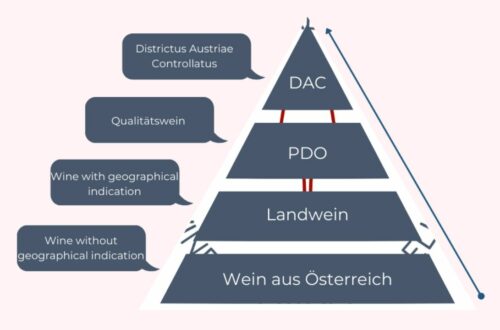
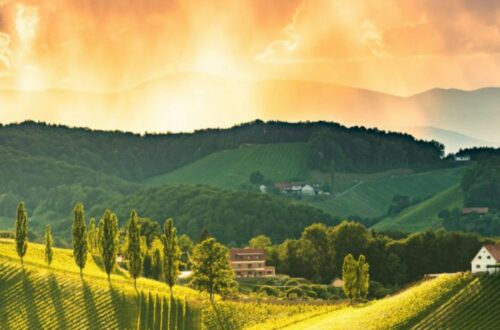
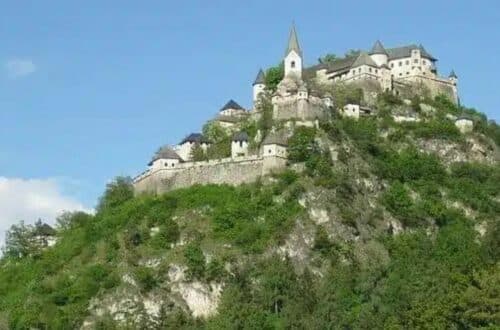
2 Comments
Simon
Bien reçu mon panier de rentrée!
Merci @WineByMademoiselle pour ces belles recommandations Autrichiennes! Hâte d’avoir l’occasion de découvrir chaque bouteille à la lumière de tes précieux conseils, car c’est à chaques fois des découvertes exeptionnelles!
Impatient de lire tes prochains articles et de continuer d’élargir mes horizons grâce à tes suggestions!
Mademoiselle
Merci infiniment Simon pour ce retour si enthousiaste! 🥰 Je suis ravie que le panier de rentrée te plaise et que les recommandations autrichiennes aient éveillé ta curiosité. Chaque bouteille a été sélectionnée avec soin, et savoir que tu as hâte de les découvrir illumine ma journée. 🌟
Je suis tout aussi impatiente de partager mes prochains articles avec toi, et de continuer cette belle aventure ensemble! N’hésite pas à me faire part de tes impressions une fois que tu auras dégusté ces petites pépites. 🍷
À très bientôt pour de nouvelles découvertes et de belles explorations vinicoles!